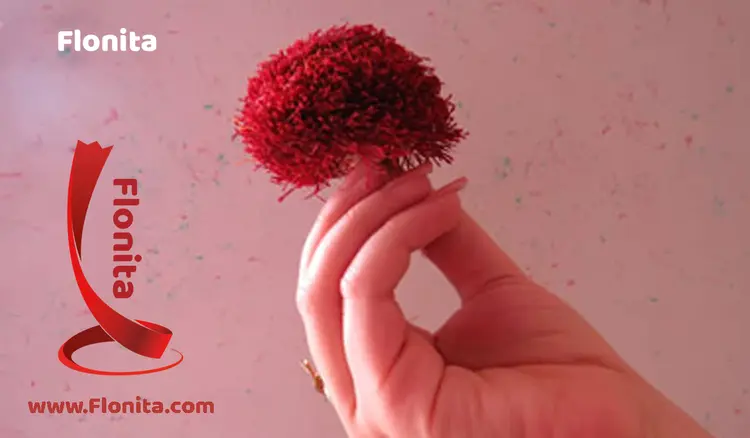Why Saffron Is The World’S Priciest Spice
Saffron is a luxury spice in the world, reserved for special occasions and guests. Nowadays, it costs more than €20,000 per kilogram of Saffron in local supermarkets, making it the most expensive item there! Let’s explore the reasons behind saffron’s high price tag. What is saffron? Saffron is the stigma and style of the Crocus sativus flower, also known as saffron crocus. It is believed to have originated in Iran, but some claim it came from the southwestern Greek islands. It spread to China, India, and the Middle East through trade, conquest, and exploration. Saffron is an alternative crop for sustainable agricultural systems. It then reached Mediterranean Europe from there. Saffron is an alternative crop for sustainable farming systems. Currently, the top producers of saffron in the world are Iran, Greece, Morocco, India, Spain, and Italy. Saffron production is the process of making a product from raw materials. Saffron cannot be produced naturally without human intervention in a scientific study.
The plant's flowers are Infertile, so they cannot be pollinated naturally. The plant reproduces asexually by vegetative propagation. The corms, which are bulb-like stems, are used for cultivation. The Crocus sativus plant prefers warm and dry weather but can survive light snow. It is like clay soil with calcium carbonate and organic matter. Saffron corms are planted in the late summer, and flowers are picked up in mid-to-late autumn. The flowers must be picked by hand, before or right after sunrise, to avoid damage from the sun’s heat. The flowers are very fragile, and many farmers believe that using machines harms the saffron crocus flowers. Each flower has only 3 stigmas. After picking the flowers, the stigmas must be dried for about 12 hours. To produce 1 kilogram of saffron spice, 15,000-16,000 flowers are needed. It takes 370–470 hours of work to produce this amount! This labor-intensive harvesting process is what makes saffron so costly. Is your saffron high quality? The features of a product or service that meet or exceed the needs and expectations of customers. Of course, not all saffron has the same quality. Color, age, amount of non-stigma content, and pliability determine quality and price. Because of its high cost, saffron is often adulterated. This has been so common throughout history that in the Middle Ages, people who sold fake saffron in Europe were executed. Secrets of Saffron: The Vagabond Life of the World’s Most Seductive Spice. Beacon Press.
Some common adulterants are beetroot or pomegranate to enhance its red color; silk fibers, oil Triglycerides (fats) that are liquid at room temperature, or wax to add weight; and turmeric and paprika to adulterate powdered saffron. Standardized laboratory tests have been developed in recent years to check its quality. This is an external process done by retailers or traders who buy in bulk. This means that if you buy your saffron spice from a reliable source, you’re most likely getting good-quality saffron. If you see very cheap saffron, it might be adulterated. How and why is saffron used? Saffron is used in many cuisines worldwide for its unique color and aroma. It is the key ingredient of many famous dishes from different cultures, such as the Spanish Paella, a rice, meat, and seafood dish; the French Bouillabaisse, a stew; the Italian Risotto Milanese, a rice dish; an ice cream; the Pakistani Biryani, a rice and meat dish; and the Iranian Tachin, a baked rice dish (to name a few). The bright yellow color that saffron gives to food is due to α-crocin, a carotenoid. α-Crocin is also hydrophilic, meaning that it dissolves easily in water. Another important compound is picrocrocin, which gives saffron its slightly bitter taste. During the drying, water is removed from foodstuffs by applying heat.
Removing water helps to improve the shelf-life of foods as microorganisms need it to grow. In the process, picrocrocin breaks down and becomes saffranal, which gives saffron its earthy and hay-like smell. Saffron in cosmetics & medicine While saffron is mostly used as a spice today, it has a long history of being used in cosmetics and medicine. Ancient Romans used to soak saffron in their wine because they thought it prevented hangovers. They also believed the spice had sedative, antispasmodic, expectorant, and aphrodisiac properties. Pharmacopoeias (written medicinal records) worldwide have mentioned saffron for centuries. Saffron Renewed Interest in an Ancient Spice. If you have a favorite saffron recipe, let us know in the comments below!
Hamed Biglari
Assistant Professor of Environmental Health Engineering in Gonabad University of Medical Sciences, Razavi Khorasan, Iran




Your Comment
Required fields*